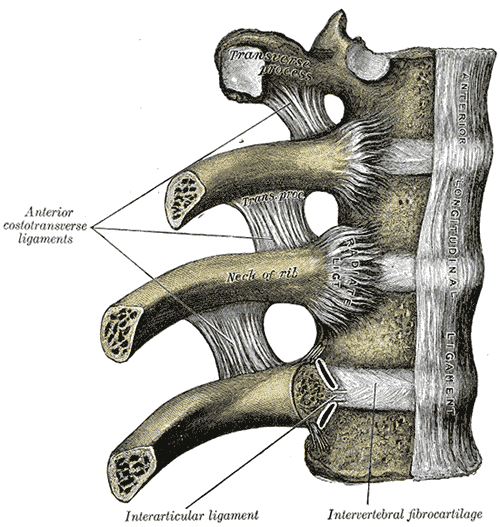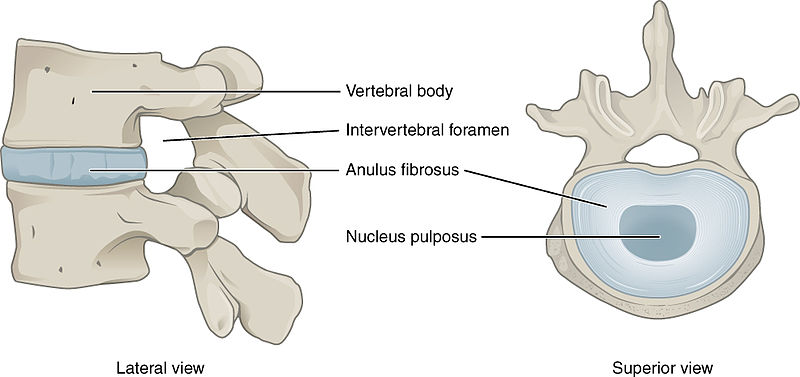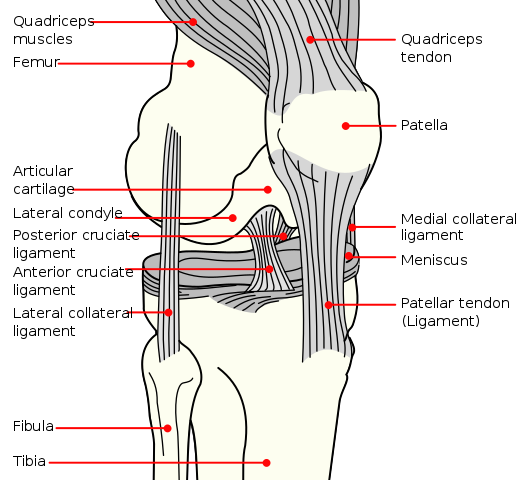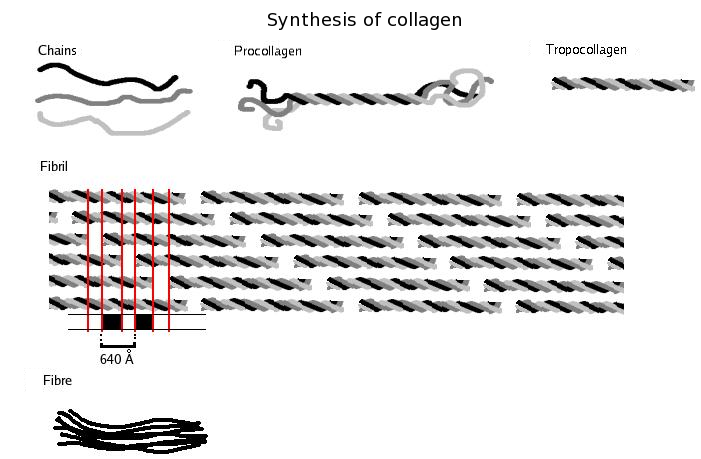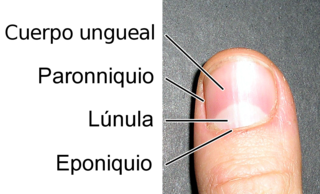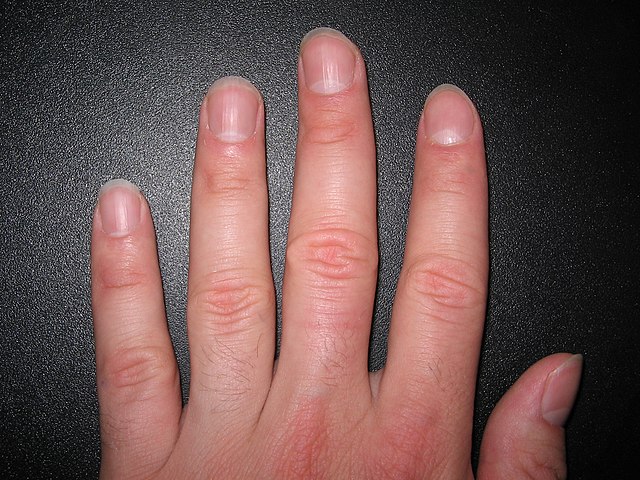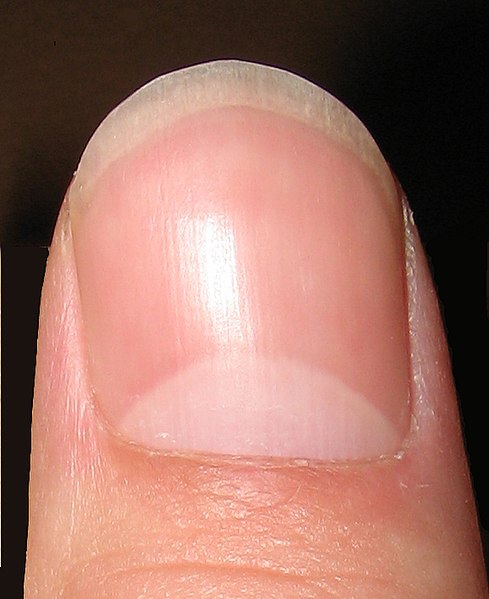We just learned a little about the
Connective Tissue.
One type of connective tissue is a
Tendon which connects muscle to bone.
Tendons are like a bunch of long thin ropes all bundled together, wrapped in and around the parts or your muscle, and then tied into your bone.
When your muscles tighten, the tendons stretch out until they are tight, just like a rope gets tighter when you pull on it.
As it gets tight, it pulls on the bone it is attached to, which is what moves your bone around.
So your bicep has tendons connected to your forearm, and when you want to bend your elbow, your biceps pulls on your tendon which pulls on the bone and it bends!

(from: wikipedia -
tendon)
Kid Facts - Blast from the past: Foramen Magnum
